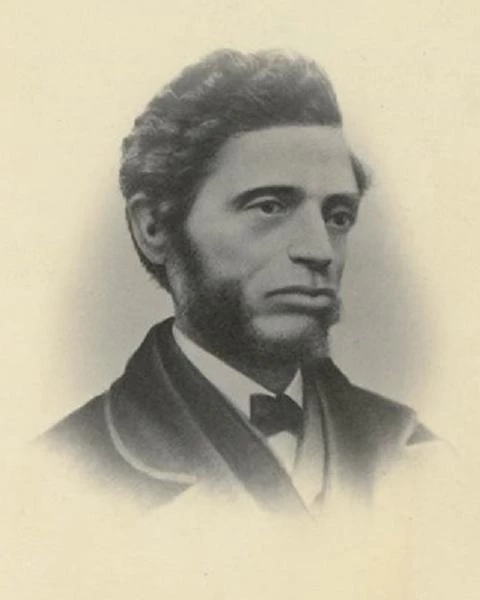Last updated: January 16, 2025
Person
William Cooper Nell

Massachusetts Historical Society
Born December 16, 1816 to activist parents and raised in the free Black community of Beacon Hill, William Cooper Nell became one of Boston's most influential and respected community leaders.
As a teenager, Nell helped organize the Juvenile Garrison Independent Society, an abolitionist youth organization. He also began working for William Lloyd Garrison as an apprentice at The Liberator, Boston's major abolitionist weekly newspaper. Nell continued to contribute to The Liberator throughout its entire run, with only a brief hiatus when he moved to Rochester, New York to work with Frederick Douglass on his paper, The North Star.
Nell is most known for his leadership in the struggle for equal schools. Barred from the better funded public schools in his neighborhood, Nell had to attend the segregated school for Black students then housed at the African Meeting House. Because of this experience, he vowed that "God willing, I will do my best to hasten the day when the color of the skin will be no barrier to equal school rights."1 As an adult, he fulfilled this vow by leading the nearly fifteen year long series of protests, boycotts, and petition drives to close down the Abiel Smith School, the segregated school for Black children. In the mid-1840s, he co-founded the School Abolishing Party to help achieve this goal. Despite the often hostile resistance they faced throughout the long fight for equal schools, Nell and those who worked with him successfully compelled the state legislature to desegregate public schools in 1855. Charles Slack, a state legislator and ally, stated that Nell "furnished all the materials and capitol" to push through this landmark civil rights legislation.2
In addition to his leadership in the equal schools struggle, Nell also figured prominently in Boston's Underground Railroad. In the early 1840s, Nell joined the New England Freedom Association, a Black organization with the mission to "hide the outcast, and deliver him…out of the hands of the oppressor."3 Following the passage of the Fugitive Slave Law of 1850, Nell also joined the biracial Boston Vigilance Committee and became one of its most active and instrumental members. He not only raised significant amounts money for the committee, but he also sheltered freedom seekers in his home at 3 Smith Court as well.
Nell saw history as a tool to inspire social change. In the 1850s, he researched and wrote Services of the Colored Patriot, becoming one of the first published Black historians.
He died on May 25, 1874 after a lifetime of service and dedication to his community and the cause of freedom and equality.
For more information on William Cooper Nell's life of service, please see William Cooper Nell: Smith Court Leader.
Footnotes
- Dorothy Porter Wesley, "Integration versus Separatism: William Cooper Nell's Role in the Struggle for Equality," Courage and Conscience: Black and White Abolitionists in Boston, edited by Donald M. Jacobs (Bloomington: Indiana University Press, 1993), 210.
- William Cooper Nell: Selected Writings 1832-1874, edited by Dorothy Porter Wesley and Constance Porter Uzelac (Baltimore: Black Classic Press, 2002), 32-33.
- Stephen Kantrowitz, More Than Freedom: Fighting for Black Citizenship in a White Republic, 1829-1889 (New York: Penguin, 2012), 69.
